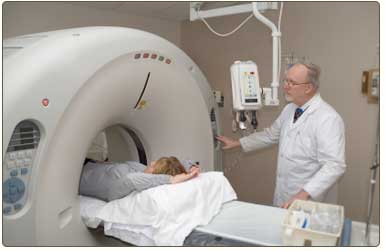
When it comes to heart care, cardiac specialists use all kinds of equipment to determine heart function and condition. Here are some of the latest equipment available :–
1.Cathrtisation laboratory

– The Cath Lab is equipped to carry out intracardiac electrophysiology study, coronary angiography and angioplasty and vascular and interventional radiology procedures.
This includes radiofrequency ablation, permanent pacemaker insertion, cardiothoracic surgeries and cardiac rehabilitation.
2.Electrophysiology lab
– An EP study is done to diagnose the source of your problem before a catheter ablation is performed.
Catheter ablation is used primarily to treat people who have problems with heart racing or rapid beating of their heart.
– Radiofrequency energy is used to ‘burn’ the heart tissue that is causing the abnormal heart beat.
3.Telemetry monitoring
– Cardiac telemetry is continuous monitoring of a patient’s heart rate and rhythm that takes place at a remote location, usually a nursing station in a special ward. This service is offered to patients recovering from heart events, those who may be at risk of heart events and individuals experiencing ongoing heart problems.
4.Tilt table
– A tilt table test, occasionally called upright tilt testing is a medical procedure often used to diagnose dysautonomia or syncope.
Patients with symptoms of dizziness or lights headedness, with or without a loss of consciousness (fainting), suspected to be associated with a drop in blood pressure or positional tachycardia are good candidates for this test. This test allows the doctors to evaluate the body’s cardiovascular response to the change in position.
5.Cardiac MRI
– The 3-Tesla MRI machine is designed for patient comfort and enhanced levels of clinical performance. With up to 40% faster protocols, this MRI is able to execute its operation faster and more precise than any other. This allows the cardiologist or radiologist to clearly see any indication of abnormality in the muscles.
– With its enhanced image quality and consistency, it provides a new benchmark for cardiac imaging which is likely to become a mainstream application in high field MRI.
6.Computerise tomography scan

– The Dual Source Flash CT is able to deliver excellent image quality for better diagnosis. At present, it is the fastest scanner and has the best temporal resolution and the shortest rotation time, which is essential for cardiac applications. In addition, it is a low dose cardiac scan with only 10% to 20% of the radiation dose in comparison with other types of similar machines.
It is used to scan patients with any cardiac conditions, including low or high heart rate, irregulat heartbeeat and to detect breathing difficulties.
-Healthy Heart The StarSpecial

Leave a Reply